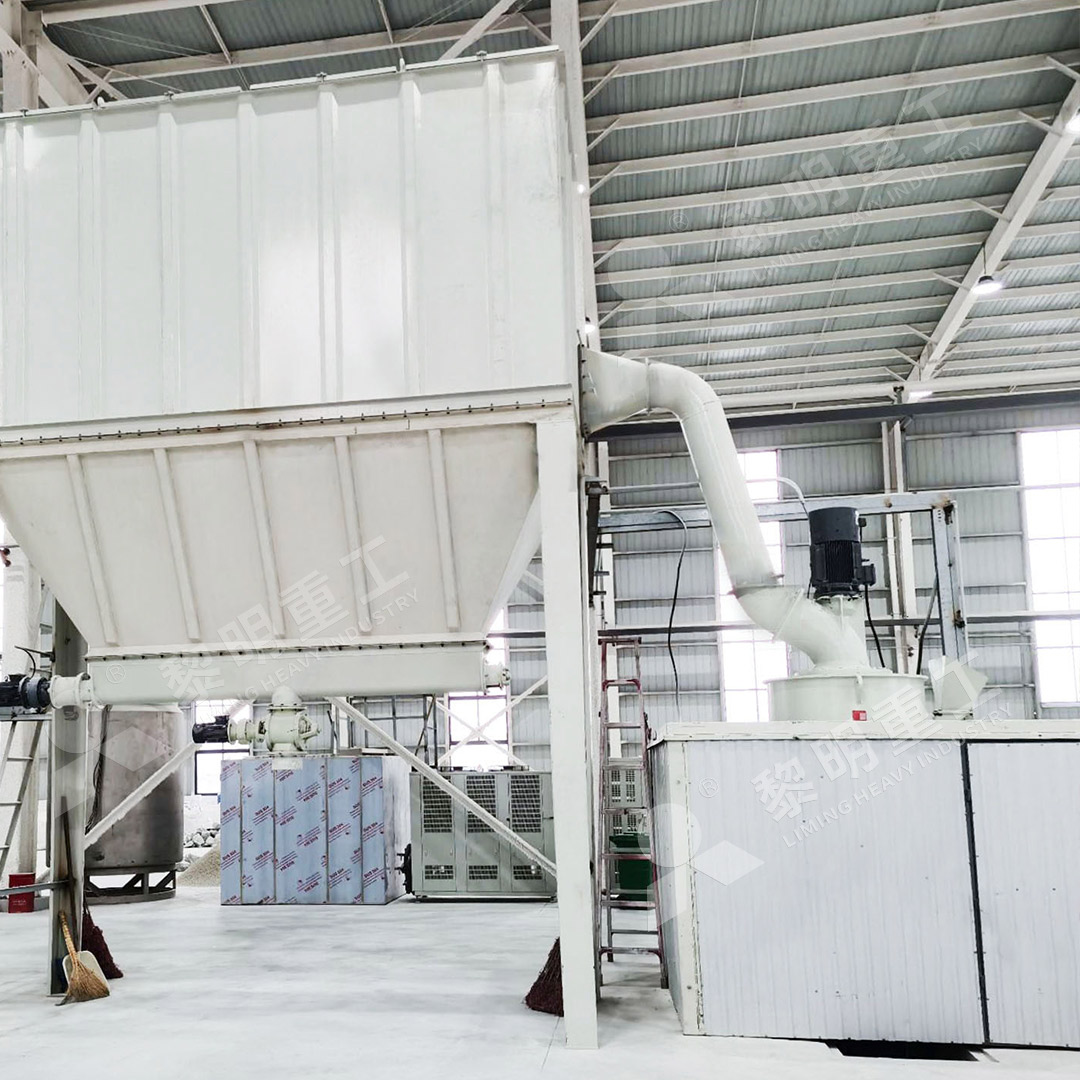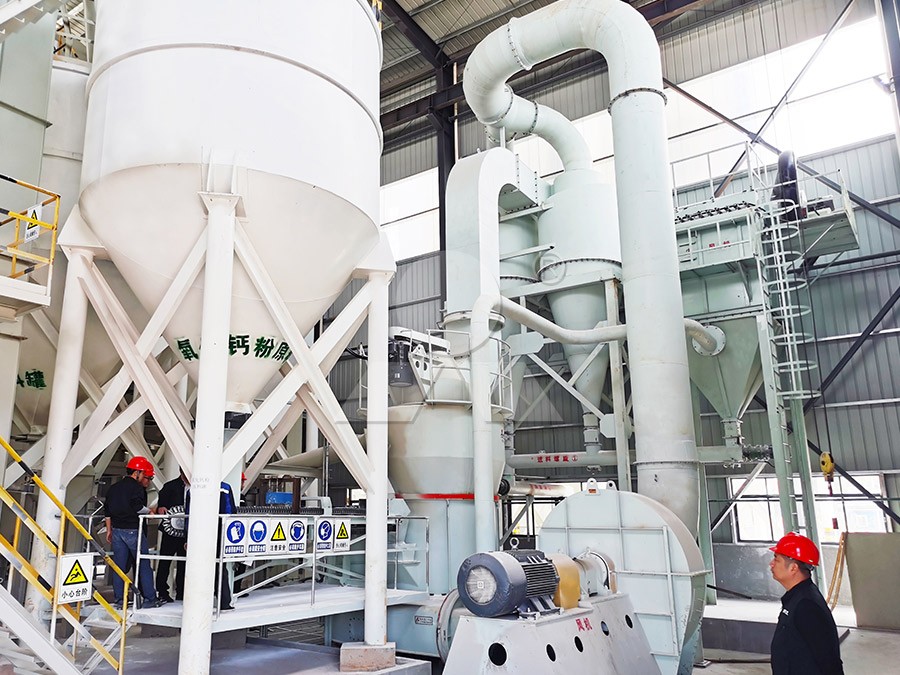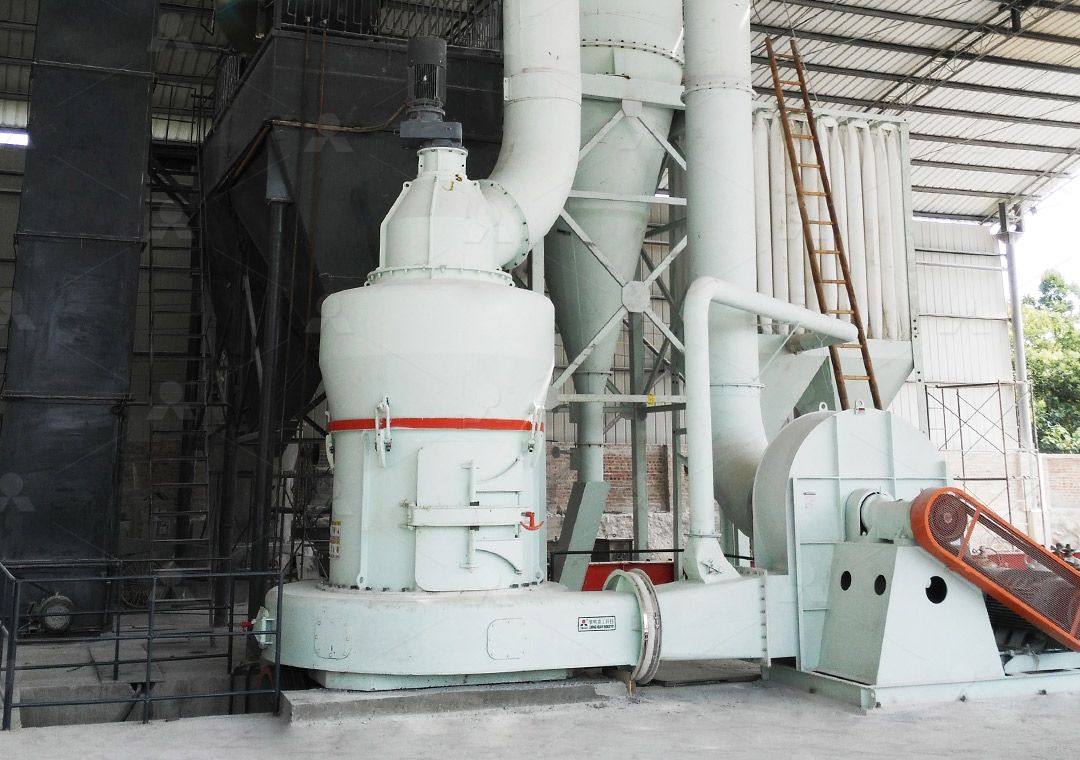High-Efficiency Raymond Mill for Ultra-Fine Crushing of Ore Materials
Revolutionizing Mineral Processing with Advanced Grinding Technology
The mining and mineral processing industry constantly seeks innovative solutions to improve efficiency and reduce operational costs. Among the critical processes in this sector, ultra-fine crushing of ore materials presents significant challenges in terms of energy consumption, particle size distribution, and environmental impact. Traditional grinding methods often fall short in meeting the demanding requirements of modern industrial applications.

Contemporary grinding technology has evolved substantially from conventional approaches, incorporating sophisticated engineering principles to achieve remarkable improvements in performance. The integration of advanced powder separation systems, precision grinding mechanisms, and eco-friendly operational features has transformed what’s possible in mineral processing.
The Science Behind Ultra-Fine Grinding
Ultra-fine grinding requires a delicate balance between applied force, material residence time, and separation efficiency. Modern mills achieve this through carefully engineered grinding curves and optimized airflow patterns that ensure consistent particle size distribution while minimizing energy waste. The relationship between grinding pressure, rotational speed, and material characteristics must be precisely calibrated for optimal results.
One of the most significant advancements in this field comes from our MW Ultrafine Grinding Mill, which represents a leap forward in grinding technology. With an input size capability of 0-20 mm and capacity ranging from 0.5 to 25 tons per hour, this equipment addresses the core needs of operations requiring ultra-fine powder production. The mill’s innovative design eliminates rolling bearings and screws within the grinding chamber, substantially reducing maintenance concerns and potential points of failure.
Environmental Considerations in Modern Grinding Operations
Today’s industrial operations face increasing pressure to minimize their environmental footprint. Modern grinding equipment addresses these concerns through integrated dust collection systems, noise reduction technologies, and energy-efficient designs. The incorporation of pulse dust collectors and mufflers ensures that operations can meet stringent environmental standards without compromising performance.

Our engineering team has specifically designed the MW Ultrafine Grinding Mill with environmental stewardship in mind. The equipment features an efficient pulse dust collector that prevents dust pollution throughout the entire milling process. Additionally, silencers and noise elimination rooms are configured to reduce operational noise, ensuring compliance with national environmental protection standards.
Operational Efficiency and Economic Benefits
The economic viability of grinding operations depends heavily on energy consumption, maintenance requirements, and production consistency. Advanced grinding mills deliver substantial improvements in all these areas through innovative design features. The cage-type powder selector in the MW Ultrafine Grinding Mill, for instance, incorporates German technology to enhance powder separation precision, allowing fineness adjustment between 325-2500 meshes with screening rates achieving d97≤5μm in a single pass.
What truly sets modern equipment apart is the dramatic improvement in energy efficiency. Compared to traditional jet grinding mills and stirred grinding mills, the MW Ultrafine Grinding Mill demonstrates 40% higher production capacity with the same fineness and power specifications. Even more impressively, the system energy consumption is only 30% of comparable jet grinding mills, while yielding twice the output of ball grinding mills.
Applications Across Industries
The versatility of advanced grinding technology enables applications across numerous sectors. From limestone, calcite, and dolomite processing to specialized applications in petroleum coal, gypsum, barite, marble, and talc, modern mills handle diverse materials with consistent results. The technology also serves chemical industry applications including paint, cosmetics, medicine, and food additive production.

For operations requiring even greater specialization, our LUM Ultrafine Vertical Grinding Mill offers additional advantages. With an input size of 0-10 mm and capacity of 5-18 tph, this equipment incorporates the latest Taiwanese grinding roller technology and German powder separating technology. The unique roller shell and lining plate grinding curve design generates material layers more effectively, enabling high rates of finished products through single-pass powder milling.
Future Directions in Grinding Technology
The evolution of grinding technology continues with increased digitalization and automation. Numerical control machine tools now handle operations from steel plate cutting and bending to planing, milling, and paint spraying, ensuring exceptional precision, particularly for core components. This digitalized processing approach guarantees consistent quality and reliability across manufacturing.
Looking ahead, the integration of IoT technology and predictive maintenance capabilities promises to further enhance operational efficiency. Real-time monitoring of equipment performance, automated adjustment of operational parameters, and remote troubleshooting represent the next frontier in grinding technology evolution.
Frequently Asked Questions
What is the typical energy savings compared to traditional grinding mills?
The MW Ultrafine Grinding Mill reduces energy consumption by approximately 70% compared to jet grinding mills and offers 40% higher production capacity with the same power input. This significant efficiency improvement translates to substantial operational cost savings.
How does the equipment handle different material hardness levels?
Advanced grinding mills incorporate hydraulic systems that allow adjustment of grinding pressure to accommodate materials of varying hardness. This flexibility ensures optimal performance across diverse applications without compromising equipment integrity.
What maintenance requirements should operators anticipate?
The innovative design of modern grinding mills substantially reduces maintenance needs. The absence of rolling bearings and screws in the grinding chamber eliminates common failure points. External lubrication systems enable maintenance without shutdown, supporting continuous 24-hour operation.
How does the equipment ensure consistent particle size distribution?
Sophisticated powder separation technology, including multi-head cage-type selectors, enables precise control over fineness. The MW Ultrafine Grinding Mill achieves adjustable fineness between 325-2500 meshes with high screening efficiency.
What environmental protections are incorporated?
Modern grinding mills feature integrated pulse dust collectors that prevent dust emissions throughout operation. Additionally, silencers and noise elimination rooms minimize acoustic impact, ensuring compliance with environmental standards.
